Is this quote reasonable - mini split/ductless AC?
Tonya Cockrell
6 years ago
Featured Answer
Sort by:Oldest
Comments (25)
mmmm12COzone5
6 years agoRelated Discussions
ductless mini split unit
Comments (10)There was an episode of Ask This Old House a week or so ago where they installed a minisplit for a customer. It was a single-car garage that the customer wanted to use as a home office (it was insulated). I thought the installation was pretty simple: 1. Locate and put a mounting bracket on the inside wall for the inside unit using a couple of screws. 2. drill/cut a 3" hole through the wall and place a sleeve (supplied) inside. 3. Set the inside unit up on the wall. 4. Locate and place the outside unit on a pad (purchased) outside. 5. install the bottom half of a plastic channel (purchased) to hold the wiring and lineset to the side of the house. 6. run and connect the 4-wire electrical line between the two units (purchased). 7. run the power line from the outside unit to the main power panel. 8. run the lineset from the outside unit to the inside unit. Surround the lineset with (purchased) insulation. Snap the top part of the plastic channel in place over the lineset and wiring. 9. Connect the lineset at both ends using the proper flare fittings (supplied). connect a vacuum pump to the service port on the outside unit, pump down and check for / repair any leaks. (You'd need a pro to do this.) Connect the main power line. open the inlet/outlet valves for the refridgerant on the outside unit. (refridgerant is already supplied with the unit.) Turn it on and cool down. Enjoy a frosty beverage of choice. This looks a bit more complicated than it is. But if you're a DIY person, you can do a lot of it yourself. Then an AC guy can come and take care of the lineset and powerpanel stuff....See Moremini-split ductless system
Comments (8)Hi ionized. Our issue with running actual ducts is that our house is very, very, very old and the original very, very, very old part of our house is solid one foot thick log walls. Going through them at any point is a nightmare for anything. We have a new addition, which would be fairly easy to run duct work, but working it into the old part of the house, which also has only 7' ceilings which are completely open ceilings with timber joists (bark still on them), which we plan on leaving open. We plan on adding some sort of insulation in the flooring between levels but between solid walls, no actual ceiling space and of course no basement, a "ductless" system is seeming the better way to go. Also, no we have no natural gas. Not knowing a whole lot, I would guess I need to run it into 6 rooms. 3 bedrooms, living room, dining room/entry, and kitchen. Right now our coal heat is actual a free standing base burner coal stove, so not central heat. Real turn of the century stuff, but believe it or not seriously efficient and the more insulated the house gets the less I think I need heat other than it, except for the fact I am living in the turn of the century stoking a coal fire daily. Because of the log wall set up the only room that is left out is our new MB. It is on the outside of the log house in the new addition and not on the same level as the stove. So the circulation just doesn't get there very well. There is also the more temperate times of year like Oct. when it would be nice not to be running the stove and have easy access to heat at night if it gets to 30 like it did the other night. My few real questions are do I need to have an additional heat source like baseboard heating for this type of unit? I saw a Youtube video that said if it gets too cold they don't run right. Would my coal stove be OK (we have no plans on getting rid of it and will continue to burn it in the coldest months of winter), or would I then have issues in my MB if I didn't get enough heat up there if the temp dropped? Aslo, I read somewhere and now I can't find where, that there were 35' maximums on the length you can run from the compressor outside. Is this true of all systems or did I read this on one site or someone talking about one manufacturer? If so I am thinking I need two compressors to service different areas of the house, is this how the cost starts adding up quickly? And do I need to hire a professional to install it? I promise we are not average DIYers. We would not be ready to install the entire system at once at any given time. I was hoping to educate myself, decide on a system, buy the parts we need as we go room to room. We are slowly working our way through the house, but we are probably looking at a 8 year total project....See MoreDuctless Mini-split air conditioning
Comments (2)Thanks for your help, zL700; I like your link for SlimDuct enclosure, much better than my idea for 3"-4" pvc pipe! I plead guilty to a LOT of sharing! Once one reads all the way to the end, my question in the first line was 'history' : "Can anyone support my argument that it is ample to use a dual split unit for just the front two bedroom's? " This would save both cost and a difficult condenser install location. In short: We have a MrSlim MSZ-A17NA single-split 17 Kbtu unit for the 3rd floor finished attic, and a conventional 28 Kbtu ducted unit on the first floor. Our calculated 50 degree day heat loss for the entire house is 48 Kbtu, of which the two rear small bedrooms are only 5 Kbtu each. I have agreed to put in a dual-split 9+9 or 12+12 for the two 2nd floor front bedrooms. Shouldn't this effectively cool the entire 2nd floor? I need technical, experienced opinion to support my desire to avoid having to put in a 3rd condenser in the larger of the two rear bedrooms. Thanks to All - - Old Salt Details were dated SEP 3, 2307 hours....See Moreductless mini-split AC heater systems?
Comments (3)Yes, but they will need to be correctly chosen and placed so that they will function well. May or may not be cheaper than a ducted system. It will provide zone control so you can heat or cool only the rooms needed and they are very efficient, at least the inverter sets are. You need a professional experieced with installing these as they are quite different and they will need to be sized properly. I cannot guess at BTU capacity but from your discription you might be looking at one dual head unit for the suite and living rooms and a triple head unit for the smaller bedrooms....See Moremike_home
6 years agoAustin Air Companie
6 years agotrickyputt
6 years agoionized_gw
6 years agoTonya Cockrell
6 years agotigerdunes
6 years agoAustin Air Companie
6 years agoionized_gw
6 years agoAustin Air Companie
6 years agolast modified: 6 years agommmm12COzone5
6 years agolast modified: 6 years agoAustin Air Companie
6 years agoionized_gw
6 years agoAustin Air Companie
6 years agoionized_gw
6 years agofreeoscar
6 years agoionized_gw
6 years agofreeoscar
6 years agoionized_gw
6 years agoAustin Air Companie
6 years agofreeoscar
6 years agoAustin Air Companie
6 years agoionized_gw
6 years agoAustin Air Companie
6 years ago
Related Stories
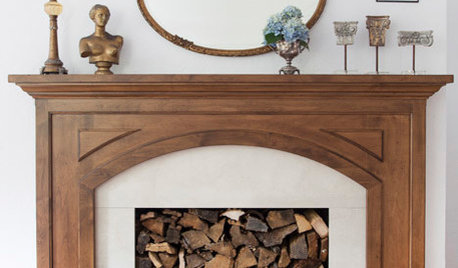
LIVING ROOMS8 Reasons to Nix Your Fireplace (Yes, for Real)
Dare you consider trading that 'coveted' design feature for something you'll actually use? This logic can help
Full Story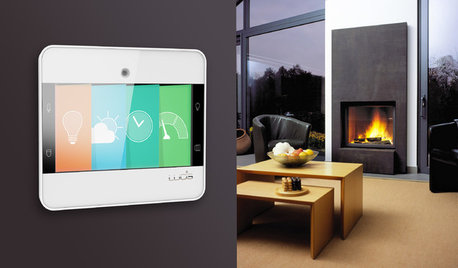
HOME TECHRenovating Homeowners Are Split on Smart Home Tech
Nearly half of those we surveyed are putting so-called smart tech in their homes. Just over half are not. Where do you stand?
Full Story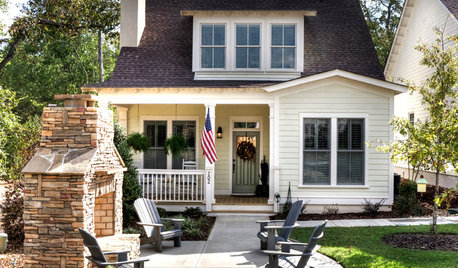
LIFE10 Reasons to Love a Not-Big House
A smaller home is easier to maintain and furnish, and there are intangible benefits too
Full Story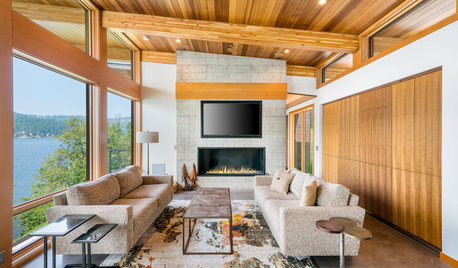
LIGHTINGThe Pros and Cons of Recessed Lighting
A lighting designer shares three things recessed lights do well and three things to watch out for
Full Story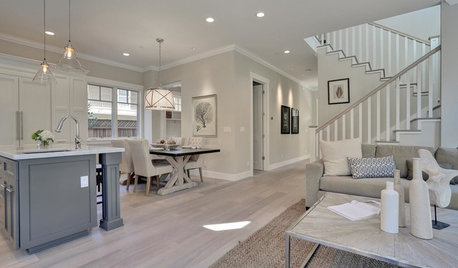
FLOORS5 Reasons Vinyl Flooring Might Be Right for You
This increasingly popular flooring material has some very real benefits
Full Story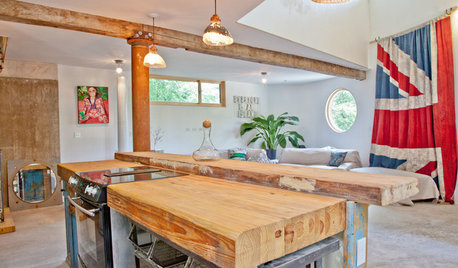
LIFEYou Said It: ‘Yikes, Tough Crowd’ and Other Quotes of the Week
Some of our favorite quotes this week came straight from the Comments section. See the stories and have your own say
Full Story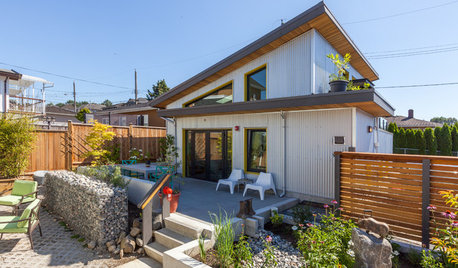
SMALL HOMESHouzz Tour: Affordable Living in a Bright Backyard Mini Home
This efficient secondary house offers a sophisticated solution in a high-density neighborhood
Full Story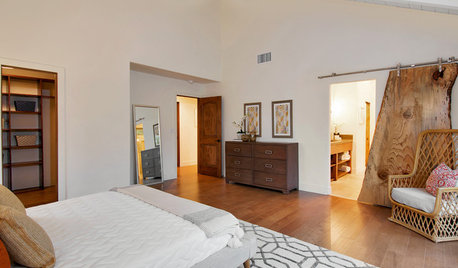
DOORSMini Project: How to Get a Live-Edge Barn Door
Introduce space-saving natural beauty with these tips on selecting and installing a live-edge slab door
Full Story
DECORATING GUIDES10 Ways to Hide That Air Conditioner
Feeling boxed in designing around your mini-split air conditioner? Try one of these clever disguises and distractions
Full Story
BASEMENTSDesign Workshop: Is It Time to Let Basements Become Extinct?
Costly and often unnecessary, basements may become obsolete — if they aren’t already. Here are responses to every reason to keep them around
Full Story


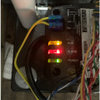
freeoscar